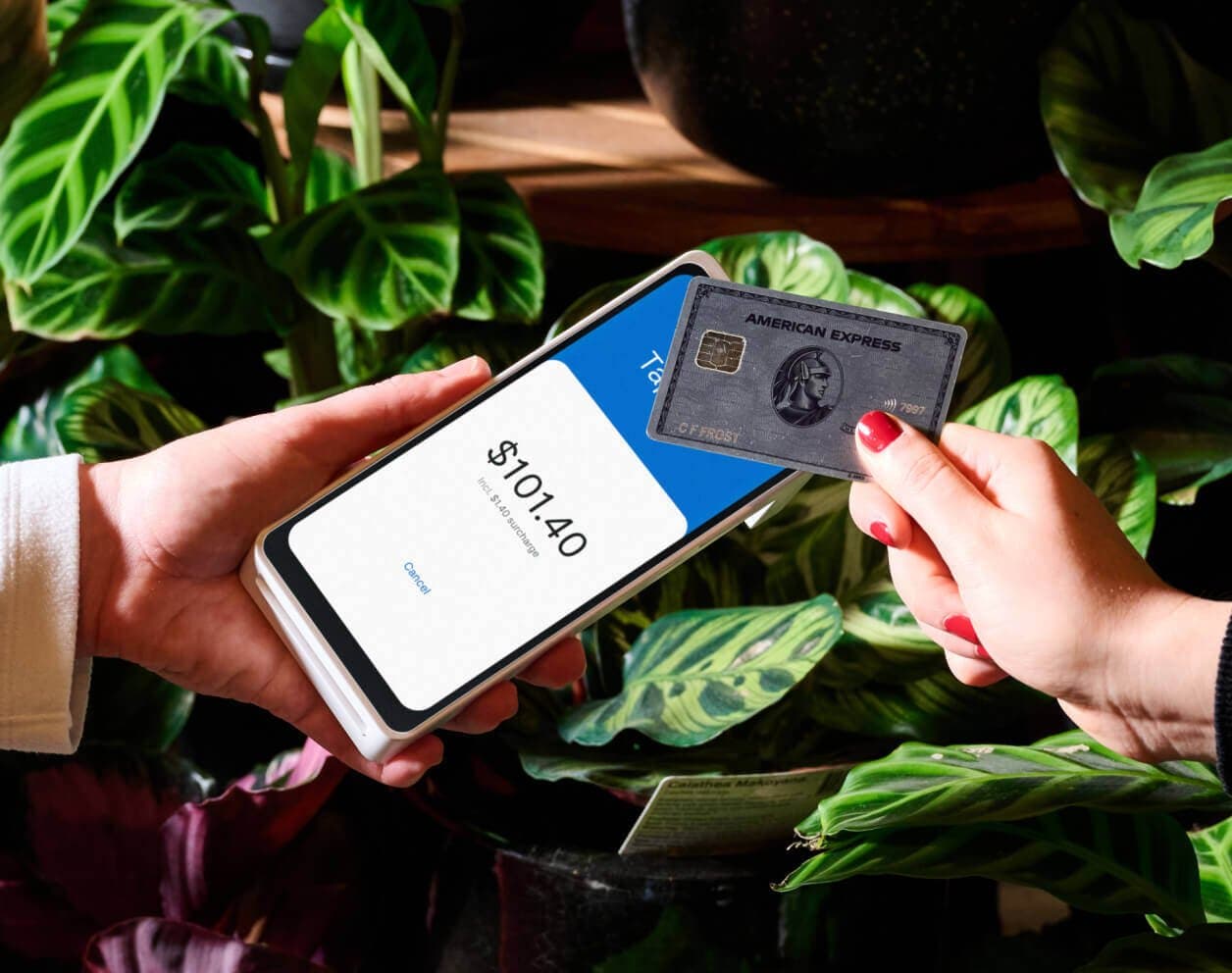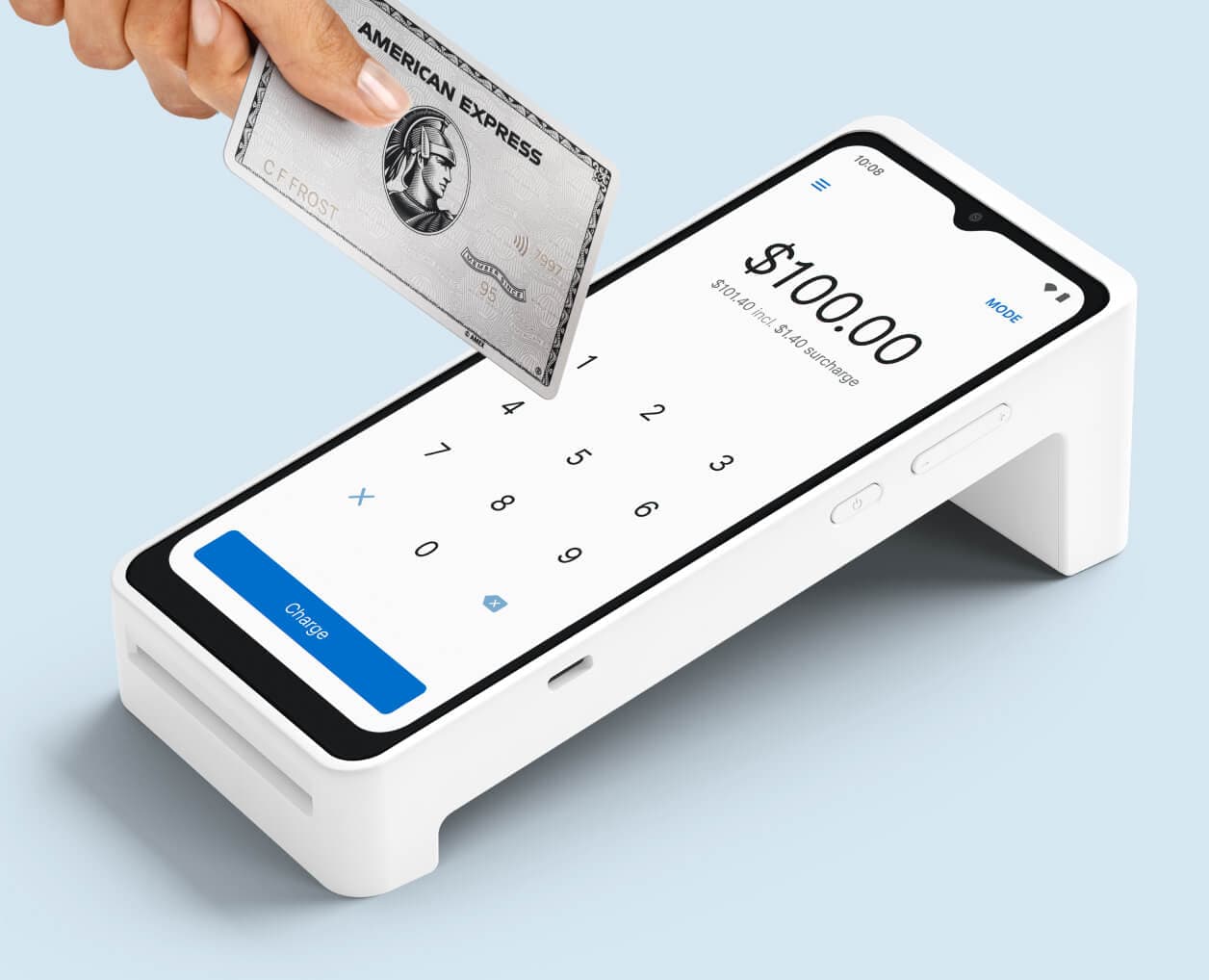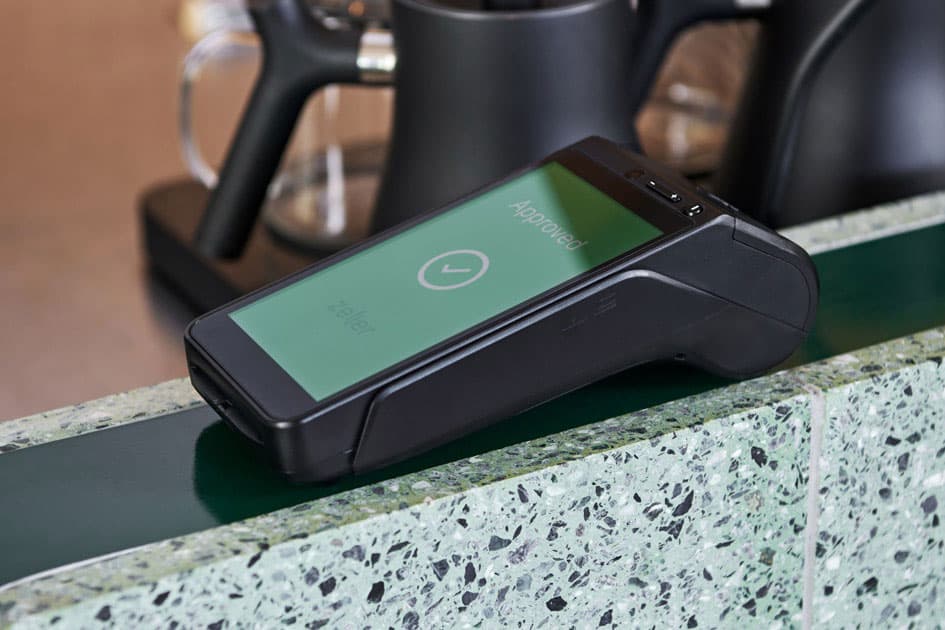
- EFTPOS & Point of Sale Solutions
The True Cost of EFTPOS Transaction Fees
Understanding how much accepting card payments really costs your business.
Let's be real: the vast majority of your customers are paying on card these days. Yet when it comes to EFTPOS transaction fees and associated costs charged by banks, there’s been little evolution. The Reserve Bank of Australia’s Consumer Payments Survey suggests that as of 2022, cash payments represented just 16 percent of in-person transactions, continuing the downward trend that has been underway for nearly two decades. Despite the transformation of the payments landscape on the side of the customer, banks have made minimal effort to assist business owners in adapting to this evolving environment. The lack of flexibility on the part of the big four has made fertile ground for tech-forward payment solutions such as Zeller that are heralding a revolution in business banking — without the banks. Read on for a transparent breakdown of what fees are involved with traditional EFTPOS plans, and how Zeller Terminal could be a smarter alternative for when your business needs to accept card payments.
What is an EFTPOS transaction fee?
An EFTPOS transaction fee refers to the amount a business is required to pay whenever it processes a card payment with an EFTPOS terminal. With most traditional providers, the fee you pay will vary depending on what type of card a customer uses and will usually be charged as a percentage of the transaction value. Transaction fees, however, are just half of the picture. There can be plenty of other costs associated with EFTPOS, and it pays to understand these before you get started.
When we started 18 years ago… about 15 to 20% of our turnover came through EFTPOS. Now it's more like 85-90%... In that time the big banks have not adjusted their processes in any way.
Kirsten Pitman, Nino's of Victor Harbor, SA – Zeller customer
Kirsten and Malcolm are just some of the thousands of business owners who have cottoned on to the fact that, by virtue of the increased volume of card users, the banks’ EFTPOS transaction fees and costs have become extortionate, despite there being no material improvement in the service provided. Whether you’re planning for your new business or are shopping for a better deal, it’s important to understand the terminology, and how the fees are calculated so you don’t get caught out later.

During COVID, 95-96% of our sales were coming through EFTPOS, but we were not getting any relief from the banks... Our merchant fees came to $28,000 that year. It was just out of control.
Malcolm McCullough, Bill’s Farm, Queen Victoria Market, Melbourne – Zeller customer
The four factors to consider when calculating your EFTPOS costs
1. Establishment and Setup
Establishment fee
When you get started with EFTPOS, banks typically charge a one-off establishment fee that covers the setting up of your payment terminal. It is usually charged per facility, so if you have more than one EFTPOS machine, you will be charged for each. At Zeller, the only upfront cost you'll incur is the price of the Terminal, aside from that, it’s free to get started. What’s more, when you sign up, you’ll immediately receive a free Zeller Transaction Account which you can choose to settle your funds into and use to keep track of your business cash flow. You can also order a free Zeller Debit Card to manage your business expenses.Monthly service/plan fee
Depending on the bank and the pricing plan you establish, you will also likely have to pay a monthly service/plan fee. This fee is charged to cover the costs of providing your payment service. At Zeller there is no monthly service fee.POS integration fee
If you would like to integrate your EFTPOS terminal to your point-of-sale, the banks will typically charge you a one-time fee. At Zeller, integrating your POS and your terminal is easy and you can do it yourself – for free. Of course, if you have any issues, our support team is always here to help, at no cost.
2. EFTPOS Transaction Fees
Minimum merchant service fee
If your total sales fall below a certain amount, banks will typically charge you a monthly fee per EFTPOS machine. At Zeller, we pride ourselves on our transparent pricing. There are no minimum sales requirements, so even if you don’t start using your Zeller Terminal straight away, you won’t be charged until you make your first sale.Interchange & scheme fees
When a customer uses a credit or debit card to make a purchase, a number of fees are charged between your bank, your customer's bank and the payment card network (eg. Visa, Mastercard, or American Express). Without getting into the weeds, (you can learn how EFTPOS transactions work here), the important thing to understand is that the transaction fee you pay your bank, is entirely dependent on the type of card your customer uses, and it could be anywhere between 0.2% and 3.5%.While Zeller also incurs the same variable interchange and scheme fees as the banks do, we simply charge you one fixed amount, no matter what card a customer uses. Every payment that is tapped, dipped or swiped on a Zeller Terminal (including payments using an American Express card) costs just 1.4%. If the payment is made over the phone, the transaction costs 1.7%. Not only does this make reading your merchant statement much less of a headache, but more importantly, it allows you to more precisely forecast your EFTPOS transaction fees. This means more accurate budgeting, and ultimately, healthier cash flow for your business. What’s more, having a simple flat fee makes it much easier to calculate a surcharge for zero-cost EFTPOS (more on this below).
Return or refund fees
When you need to refund your customer, the banks may charge a flat fee per refund transaction processed where a credit or debit card has been used. The fee is typically based on the volume of refunds processed. Zeller does not charge a return or refund fee.Chargeback fees
A chargeback is a transaction reversal initiated by a cardholder through their bank or credit card issuer. It allows the cardholder to dispute a transaction and request a refund of the funds. If this happens, the bank will charge you a processing fee for investigating and resolving the dispute. With Zeller, you will not be charged if a customer successfully disputes a chargeback.

3. EFTPOS Hardware
Monthly terminal fee
When you sign up to EFTPOS with a bank, they provide you with the machines under a rental agreement, you do not own them outright. You will therefore be charged a monthly fee to cover the rent of your EFTPOS terminal(s). The fee varies depending on the type and quantity of terminals you use. Zeller EFTPOS Terminal costs $259 and is available to buy outright. Aside from the accessories and stationary mentioned below, there are no additional costs associated with the hardware.Equipment not returned/damaged fee
Given that bank-issued EFTPOS terminals remain the property of the bank, if these are not returned or become damaged due to negligence or misuse, you will be charged a fee.Paper rolls and accessories
For any additional accessories you request, such as terminal stands, EFTPOS cables or paper rolls; a cost is incurred. Note that many bank-provided EFTPOS machines do not have digital receipt capability, so it’s important to take the cost of paper rolls into consideration. The beauty of Zeller Terminal, is that you can choose to SMS or email customers their receipts — removing the need for printer paper, and further reducing your costs.
4. Surcharging
In Australia, it is legal to pass the cost of your EFTPOS transaction fees onto your customer. This process of surcharging is referred to as 'zero-cost EFTPOS'. While it's gaining widespread popularity among business owners, it's important you understand how it works, because charging more than what you pay in transaction fees can get your business into trouble.
With a bank-provided EFTPOS machine, surcharging requires the merchant to calculate their own surcharge rate. Legally, the rate needs to be set at the average acceptance cost of the lowest card system. For instance, your surcharge fee might need to be set at 1% — even if the bank charges you 2.6% to accept American Express cards. It’s important to take this seriously as the Australian Competition and Consumer Commission (ACCC) may take action against any merchant whose card surcharge exceeds its ‘cost of acceptance’ (that is, the amount it costs you to accept a payment from a particular type of card). Having a complicated fee schedule makes it very difficult to work out the correct rate to surcharge at, especially if you are running a new business with no history of EFTPOS transactions to base your decision off.
Thanks to Zeller’s flat rate applied to all cards, surcharging is simple. Business owners have the flexibility to toggle surcharging on or off — as and when it suits their business — and to choose to pass on the entire EFTPOS transaction fee, or just a fraction. With surcharging enabled, your Zeller Terminal will automatically apply a surcharge to every transaction total, no calculation required.
Read our blog to find out whether surcharging is right for your business.
The way people are paying has evolved, so it’s time your EFTPOS process did too.
When figuring out what EFTPOS terminal is right for your business, it’s important not to simplify the decision down to transaction fees alone. The bank charges associated with setting up the service, connecting your POS, renting the terminal and paying for additional fees for refunds or receipt rolls can end up costing you much more than you think in the long run. Additionally, complex transaction fees that vary depending on each customer’s card makes surcharging a complicated, and stressful, experience.
The way people are paying has evolved, so it’s time your EFTPOS process did too. Join the thousands of Australian businesses simplifying their transactions and saving money with Zeller.

Simplified merchant fees
Keep fees as low as possible with one flat transaction fee, no hidden charges, and no lock-in contracts.

